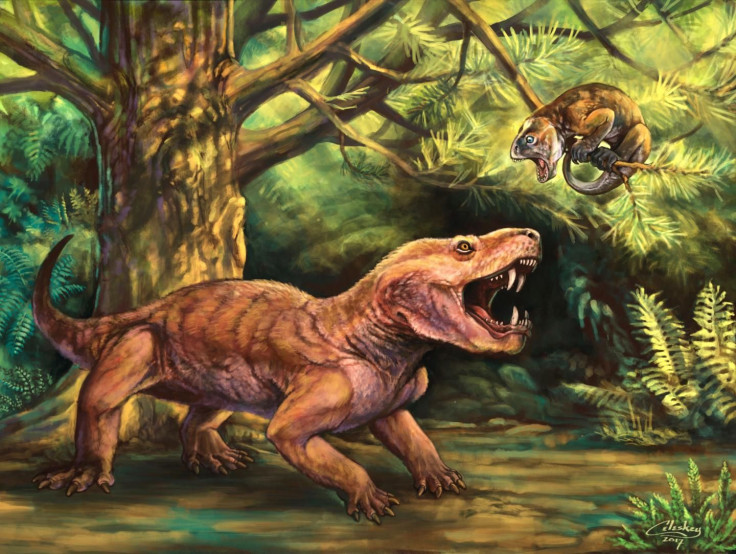Ancient Saber-Toothed Predators Identified From Pre-Jurassic Era Fossils Discovered In Russia

A group of researchers discovered remains of two previously unknown species of saber-toothed predators, animals that roamed Earth millions of years before the first dinosaurs, that could provide critical insight into the evolution of early mammals.
During a recent expedition to a region near the town of Kotelnich in Russia, researchers from the North Carolina Museum of Natural Sciences, United States, and the Vyatka Paleontological Museum found the prehistoric fossils. They were very well preserved, which allowed the team to conduct follow-up analysis and delve into the history of animals.
The work revealed these were completely new species belonging to two different subgroups of protomammals called therapsids. These were the ancestors of modern-day mammals that lived during the Permian period, sometime between 299 to 252 million years ago.
While one of the species, now named Gorynychus masyutinae, was a wolf-sized carnivore and would have been the largest predator in the region, the other, called Nochnitsa geminidens, was a bit smaller, long-snouted animal with extremely sharp needle-like teeth.
They got these names from legendary monsters in Russian folklore and according to the researchers, Gorynychus was a member of protomammals called therocephalians or “beast heads,” while Nochnitsa belonged to a group called gorgonopsians or “gorgon faces.”
Till date, the majority of information on protomammals that scientists have been able to gather has come from the Karoo Basin in South Africa. The discoveries have improved the understanding of protomammal evolution, but scientists needed fossils from other parts of the world to see if their findings applied globally or not.
This is where the fossils of the newly-discovered predator species come in. As the team said, these fossils are providing critical insight into how the ecosystem was reorganized after an extinction event — popularly known as mid-Permian extinction — occurred sometime around 260 million years ago.
Though the end-Permian mass extinction, which occurred some eight million years later after mid-Permian extinction and wiped out nearly all of the protomammals, was more devastating, the latter played a critical part in shaping how the animals evolved.
Essentially, the fossils discovered at Kotelnich indicate during mid-Permian times, saber-toothed Gorynychus or therocephalians were the top predator and gorgonopsians were much smaller animals, while several million years later in late Permian ecosystems, their roles reversed and gorgonopsians became as big as a tiger and the top predator, while therocephalians turned into small insectivores.
“In between these extinctions, there was a complete flip-flop in what roles these carnivores were playing in their ecosystems — as if bears suddenly became weasel-sized and weasels became bear-sized in their place,” Christian Kammerer, one of the authors of the study, said in a statement.
Scientists witnessed such turnover in fossils discovered in South Africa, but this is the first evidence that protomammal predators across the world changed drastically after the mid-Permian extinction.
The study describing the new species was published in the journal PeerJ.
© Copyright IBTimes 2025. All rights reserved.





















